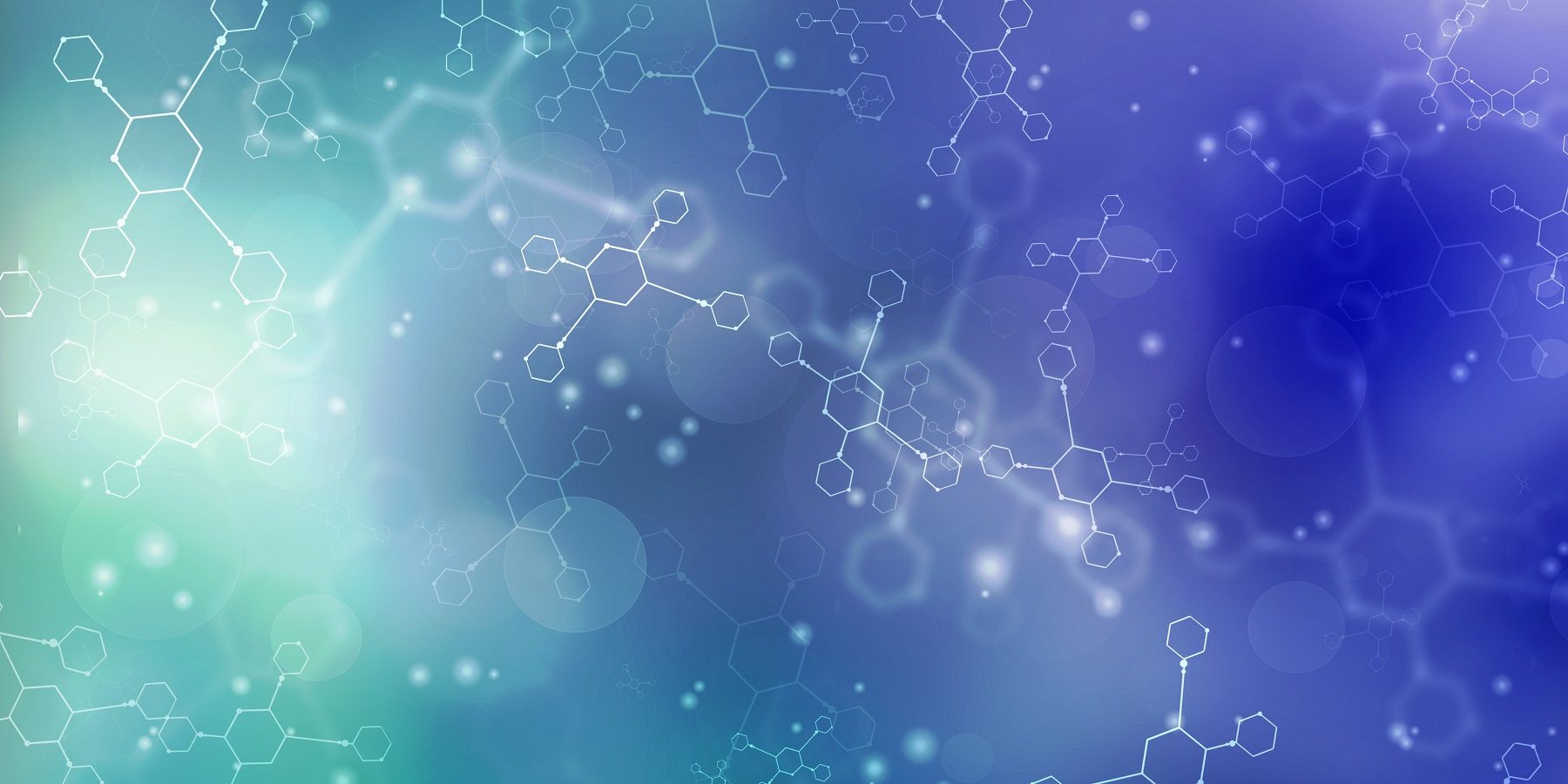| Catalog Number |
PR81409907 |
| CAS |
81409-90-7 |
| Structure |  |
| Description |
Cabergoline, an ergot derivative, is a long-acting dopamine agonist and prolactin inhibitor. It is used to treat hyperprolactinemic disorders and Parkinsonian Syndrome. Cabergoline possesses potent agonist activity on dopamine D2 receptors. |
| Synonyms |
Dostinex; Cabaser; Cabergolina; Cabergolinum |
| IUPAC Name |
(6aR,9R,10aR)-N-[3-(dimethylamino)propyl]-N-(ethylcarbamoyl)-7-prop-2-enyl-6,6a,8,9,10,10a-hexahydro-4H-indolo[4,3-fg]quinoline-9-carboxamide |
| Molecular Weight |
451.6 |
| Molecular Formula |
C26H37N5O2 |
| InChI |
KORNTPPJEAJQIU-KJXAQDMKSA-N |
| InChI Key |
InChI=1S/C26H37N5O2/c1-5-11-30-17-19(25(32)31(26(33)27-6-2)13-8-12-29(3)4)14-21-20-9-7-10-22-24(20)18(16-28-22)15-23(21)30/h5,7,9-10,16,19,21,23,28H,1,6,8,11-15,17H2,2-4H3,(H,27,33)/t19-,21-,23-/m1/s1 |
| Associated Therapies |
Inhibition of physiological lactation |
| Documentation/Certification |
DMF |
| Drug Categories |
Agents that produce hypertension; Alkaloids; Anti-Dyskinesia Agents; Anti-Parkinson Drugs; Antidepressive Agents; Antineoplastic Agents; Central Nervous System Agents; Central Nervous System Depressants; Cytochrome P-450 CYP3A Inhibitors; Cytochrome P-450 CYP3A Substrates; Cytochrome P-450 CYP3A4 Inhibitors; Cytochrome P-450 CYP3A4 Substrates; Cytochrome P-450 CYP3A4 Substrates with a Narrow Therapeutic Index; Cytochrome P-450 Enzyme Inhibitors; Cytochrome P-450 Substrates; Dopamine Agents; Dopamine Agonists; Ergolines; Ergot Alkaloids and Derivatives; Ergot-derivative Dopamine Receptor Agonists; Genito Urinary System and Sex Hormones; Heterocyclic Compounds, Fused-Ring; Narrow Therapeutic Index Drugs; Nervous System; Neurotransmitter Agents; P-glycoprotein substrates; P-glycoprotein substrates with a Narrow Therapeutic Index; Prolactine Inhibitors; Serotonergic Drugs Shown to Increase Risk of Serotonin Syndrome; Serotonin 5-HT1 Receptor Agonists; Serotonin 5-HT2 Receptor Agonists; Serotonin Agents; Serotonin Modulators; Serotonin Receptor Agonists |
| Drug Interactions |
1,2-Benzodiazepine-The risk or severity of CNS depression can be increased when Cabergoline is combined with 1,2-Benzodiazepine.
Abametapir-The serum concentration of Cabergoline can be increased when it is combined with Abametapir.
Abatacept-The metabolism of Cabergoline can be increased when combined with Abatacept.
Abrocitinib-The serum concentration of Cabergoline can be increased when it is combined with Abrocitinib.
Acalabrutinib-The metabolism of Cabergoline can be decreased when combined with Acalabrutinib. |
| Isomeric SMILES |
CCNC(=O)N(CCCN(C)C)C(=O)[C@@H]1C[C@H]2[C@@H](CC3=CNC4=CC=CC2=C34)N(C1)CC=C |
| Standard |
ICH |
| Type |
Small Molecule |
| Therapeutic Category |
Dopamine Receptor Agonists |
It should be noted that our service is only used for research, not for clinical use.

